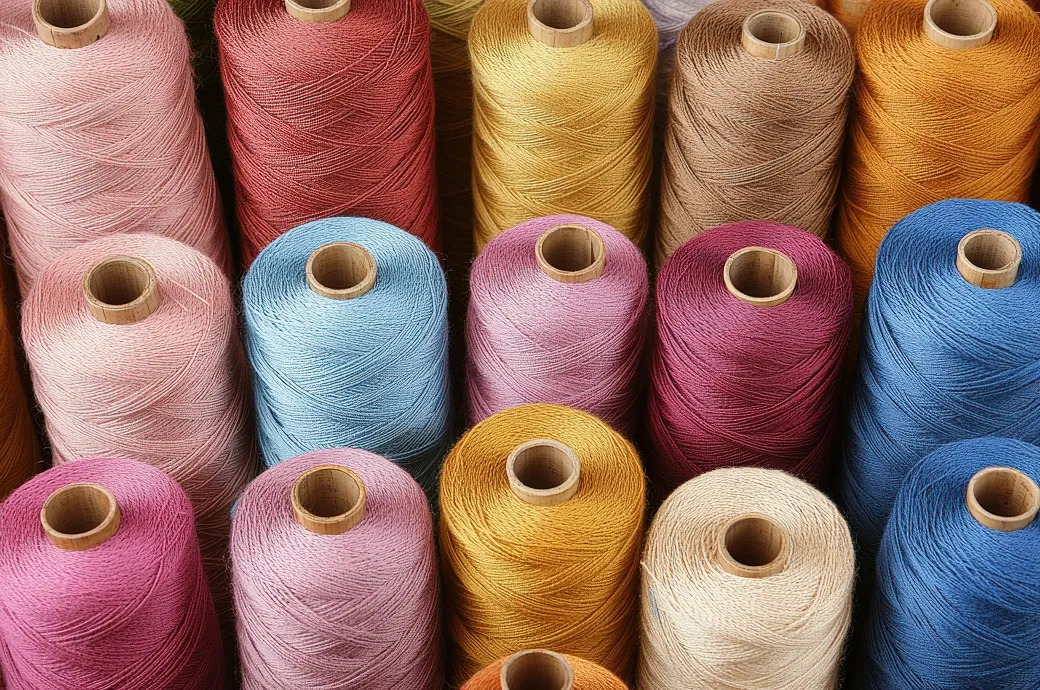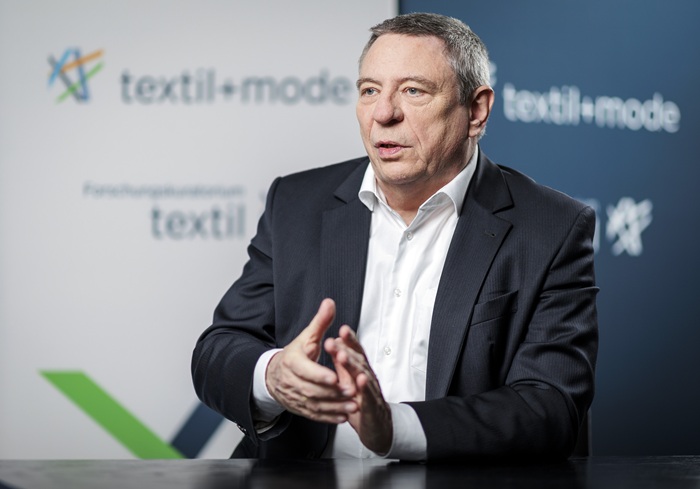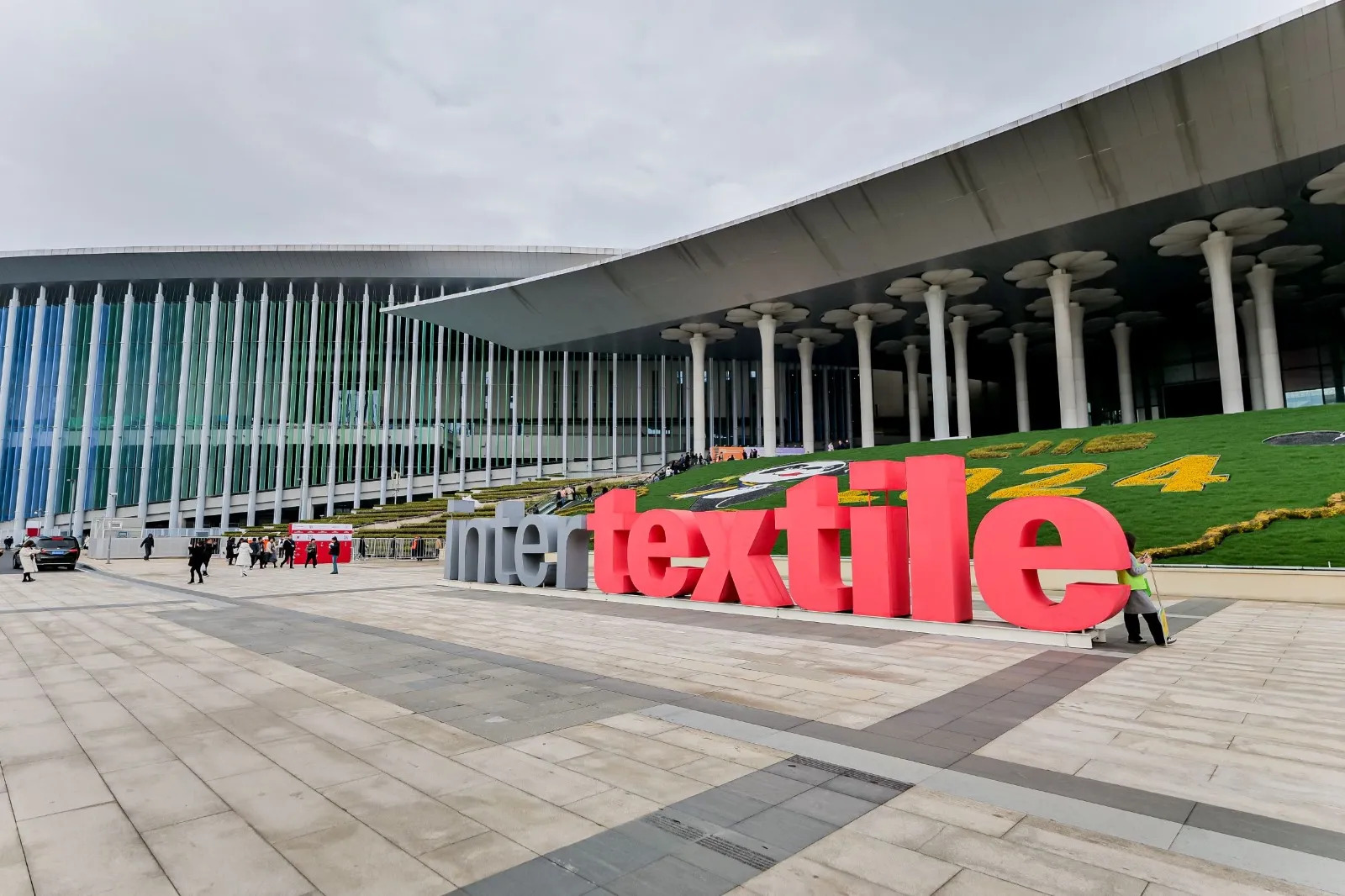FW
To help garment factory owners secure loan easily, the Bangladesh government has fixed a new rate of interest and services charges under the donor-assisted refinancing fund. Charges have now been capped at 7.0 per cent, which used to be between 9-10 per cent earlier, according to a guideline issued by the Ministry of Finance (MoF). The new rate comes as the Bank of Bangladesh (BB) is yet to start disbursing money from the remediation fund on a full scale basis because of high interest rate and service charges levied by the government agencies. A fund of over Tk 3.18 billion (U$38-40 lying idle after poor demand from the owners due to unfavourable interest rate, it is pointed out.
So far, the country's apparel entrepreneurs avoided accessing to funds at 9-10 per cent interest from the facility that has a cheap foreign-aided component. It may be remembered that the Bangladesh Garment Manufacturers and Exporters Association (BGMEA) has repeatedly been demanding to bring down the interest rate and service charges between 3.0-5.0 per cent.
Willow, the once dominant but troubled Australian fashion label, is to wind up by end of September. Giving this information, the company’s website says its online store would not trade after August 29 while its four physical stores in Melbourne and Sydney would down shutters on September 30. In its hey days, the label was reportedly worth $20 million and had 20 physical stores nationwide.
After a strategic review of its brands that also include JAG, Sportscraft and Saba, the Apparel Group had announced that Willow was for up for sale, last April. But nothing transpired. The brand, which became famous for its directional tailoring, was launched under Kit Willow Podgornik in 2003. But after a majority takeover in 2011 by the Apparel Group, things went sour between the company and the founder. Later, Podgornik left the brand in 2013.
Since, Podgornik started her own ethical fashion label, KitX which is also stocked at David Jones and is celebrated as one of the store's latest success stories, if its billing at the recent spring launch is any indication. The label is also a personal favourite of David Jones ambassador Jesinta Campbell, who recently posted a photo on Instagram of herself wearing a KitX shirt.
"The domestic textile and garment industry in China is facing a major downturn in traditional retail along in online retail sales and exports. With the domestic demand witnessing a decline, the performance of major players has also fallen sharply. Especially menswear business has suffered most. In fact, Busen shares and Hasson shares revealed in first half 2016 net profit 2308.44 Wan yuan and 53.6832 million yuan, respectively, down 298.21 percent and 37.44 percent."

The domestic textile and garment industry in China is facing a major downturn in traditional retail along in online retail sales and exports. With the domestic demand witnessing a decline, the performance of major players has also fallen sharply. Especially menswear business has suffered most. In fact, Busen shares and Hasson shares revealed in first half 2016 net profit 2308.44 Wan yuan and 53.6832 million yuan, respectively, down 298.21 percent and 37.44 percent. The performance of BAOXINIAO also suffered during the first half of the 2016 as quarterly show in the first quarter showed net profit 9,492,700 yuan, down 86.16 %.
Men’s wear brands see lower profits

Various key players in men wear business have witnessed a revenue loss. Brands like Angelo, Hazzys have registered decline in revenue. According to the company the decrease was mainly caused by low retail earnings and retail sales which suffered due to the increase discounts. The company’s net income declined due to reduction in sales, inventory, returns along with increased operating expenses. The growing trend of online shopping also poses a major threat. Recently, Carbene Clothing stores closed its underperforming entities after their newly opened retail outlets slowed pace. As of June 30, 2016, Carbene has 1,012 apparel shops after closing its 47 non performing stores.
The economic downturn and weak demand, continue to hover over China’s domestic textile and garment industry. Over the past two years, the domestic industry for menswear has been in decline. According to the industry analysts, the decline has been primarily in traditional retail due to changing consumer behavior and buying patterns. Quite a few retail store had to opt for consolidation. However it seems not just the menswear business but the overall e domestic retail industry may take a long time to complete re-balance supply and demand.
And the crisis is not only in men's wear business, the textile and garment industry as a whole is facing tough times, say experts. The overall downturn in the Chinese retail industry may take a long time to re-balance supply and demand, the overall domestic consumption of upgrade, segmentation and personalization needs of the market. Therefore, on the supply-side brands that fail to meet consumer demand, will exit the market, while other brands and channels will get an opportunity to adjust and reposition, products and services, marketing and channels to adapt to consumers and improve market share.
Denime Premiere Vision show has announced new dates, in a new location, at the heart of Paris where it was incepted. For its next edition to be held on November 2 & 3, Denim Première Vision will move into in a new Parisian space: the Paris Event Center (PEC), after having had five editions in Barcelona where the event took on a new dimension.
Since its inception in 2007, Denim Premiere Vision has affirmed itself as a driving force for the international denim community by initiating movements, giving surprises and getting into innovation. Each season of the exhibition in the last 10 years, the show has reinvented itself to better meet the needs of a demanding and versatile industry and the expectations of brands and of consumers in the constant quest for what’s exclusive and inspiring.
Denim Première Vision, is the market leader and benchmark for creative, high-end international denim industry. By moving to a new venue in East Paris, already chosen by some major fashion players for their fashion shows and showrooms, the organisers of Denim Première Vision are acting on thoughts that have been formed over several seasons to meet the expectations of the global denim market to be inventive.
US-based Wazoodle is looking to revive the textile industry in the country and promote in-house manufacturing. Wazoodle provides a variety of fabrics and sewing materials online through its official website. The company specializes in selling high-quality fabrics, diaper sewing supplies and sewing accessories at an affordable cost.
Wazoodle makes athletic jerseys and pique knits, microfiber terry plus, organic fabrics, bamboo or organic cotton knits, and pre-cut diaper making kits and soaker blanks in various fabrics.
Since 2010, the company has managed to create more than 500 jobs in the country. Wazoodle Fabrics, based in New Jersey, is a leading manufacturer and distributor of quality textiles, notions and other items. Its main focus is eco-friendly fabrics, particularly those used in articles that reduce the use of disposable items.
Wazoodle takes pride in supporting the textile manufacturing industry in North America. All the fabrics are manufactured in the USA or Canada. Any fabrics and notions sourced from overseas are only taken from trusted suppliers.
The company has over 70 years’ experience in manufacturing of textiles and quality control and quality assurance in pharmaceuticals and medical devices and an in-depth knowledge of textile chemistry, organic chemistry, microbiology.
Nike factories that produce University of Washington apparel will be investigated by Workers’ Rights Consortium (WRC). This is a labor rights watchdog group that intervenes and mediates when laborers are being deprived of their rights as workers. The contract is the first of its kind in the US.
College-branded athletic wear is big business for Nike. University-logo apparel is a $4 billion market for the company. If significant labor violations are found in a Nike factory where UW-branded apparel is being made, the company must withdraw its orders.
Nike’s involvement with the University of Washington has been under increased WRC scrutiny after a series of labor rights violations in a factory in Vietnam. This factory employs close to 8,500 workers and produces collegiate-branded apparel for many universities including the University of Washington.
Some of the worst labor abuses in Nike’s history were unearthed at this factory. These include forced overtime, denial of sick leave, discriminatory dismissal of pregnant workers, and unsafe building temperatures that resulted in incidents of workers collapsing unconscious at their workstations.
Collegiate licensing issues with Nike regarding labor rights have been happening at other campuses around the US. Georgetown, Rutgers, Berkeley, and UCLA have cut ties with Nike due to lack of cooperation with WRC.
World’s cotton harvested area in 2016-17 is projected at about three per cent below last season. For India—the leading cotton producer—the crop is forecast at 27 million bales in 2016-17, two per cent above 2015’s six-year low. In 2016-17, an above-average yield is expected to more than offset lower cotton area as farmers in India are reported to have planted alternative crops.
In China, production is projected at 21 million bales in 2016-17, 4.5 per cent below a year ago as area devoted to cotton declines for the fifth consecutive season. World cotton trade in 2016-17 is expected to be 2.6 per cent below last season and the lowest since 2008-09. With China’s imports projected to remain unchanged in 2016-17, reductions are seen for a number of countries, including Pakistan, Turkey, and Indonesia. Partly offsetting these decreases, however, are increased imports by Vietnam and Bangladesh.
Cotton consumption in China is forecast at 35 million bales in 2016-17, up from 34 million bales in 2015-16, as cotton product exports remain an important part of the country’s economy. India’s cotton mill use is forecast slightly lower in 2016-17 at 24 million bales as domestic supplies tighten, and yarn exports to China are expected to decrease.
Cotton consumption in China is forecast at 35 million bales in 2016-17, up from 34 million bales in 2015-16, as cotton product exports remain an important part of the country’s economy.
India’s cotton mill use is forecast slightly lower in 2016-17 at 24 million bales as domestic supplies tighten, and yarn exports to China are expected to decrease.
A three-day Textile Asia exhibition began in Lahore at the Centre last Saturday. The exhibition has been organised jointly by the Pakistan Readymade Garments and Manufacturers and Exporters Association (PRGMEA) and E-commerce Gateway Pakistan. More than 450 exhibitors are displaying at the trade fair that covers garments, embroidery, machinery, digital printing, chemicals and allied services.
The Textile Asia exhibition, that is the largest event of its kind, provides an effective podium for joint ventures and collaborations among the local textile industry and international entrepreneurs. The organizers are expecting 50,000 people to visit the exhibition including 550 foreign delegates from trade and corporate sectors.
Since the China-Pakistan Economic Corridor (CPEC) has opened up a world of opportunities for both Pakistan and China, the focus is on linking Chinese small manufacturing enterprises (SMEs) to Pakistani SMEs. Though Pakistan is the fourth largest cotton producing country in the world, it has failed in converting this into value-added products. It fetches only $1.17 billion per million bales whereas our competitors like Bangladesh gets $6 billion and India gets $1.97 billion for same quantity.
Despite a highly competitive global market, Pakistan's apparel industry has proven its strength by pushing export by 4.83 per cent in 2015-16.
India's first textile university will come up at Surat for which the Gujarat government will provide funds worth Rs 800 to Rs 900 crores. The aim of the university is to provide all kinds of support including technology, research and development (R&D) and skilled manpower etc. The purpose is to create a complete eco system for the textile industry in Gujarat and India. It will guide the government in policy making. The textile industry will support the government in this endeavour.
And as Chandan Chatterjee, Director of the Centre for Entrepreneurship Development (CED), a government of Gujarat organization says the Centre’s aim is not to just fulfill academic requirements of textile industry. This will serve in many ways like support in R&D, policy making skill manpower training etc. The university is expected to tie up with various centres of excellence and other national and international institutes as per the requirements.
The university will spread over 250 acres, construction will start early next year and it will be operational in one and a half years.
Bangladesh-based denim fabrics manufacturer Square Denim has started focusing on producing high quality fabrics for high-end denim products. It believes such a policy will help the industry in value addition. Tapan Chowdhury, MD of Square Denim said that focusing on high quality products rather than massive manufacturing of ordinary fabrics will not only add value to our industry but also help it sustain.
Square Denim has a vision to become one of the world’s finest denim fabric mills with the most advanced machinery and highly experienced management team. Giving details, Chowdhury said Bangladesh is a fast-growing market for fashion products, while China, the global leader in clothing industry, is shifting focus from volume to value-added goods in production policy.
Chowdhury says, Bangladesh has now concentrated on producing value added products to enlarge export volume. Square Denim has a big plant. It has a biological effluent treatment plant that has the capacity to treat 70,000 litres of water an hour. The treated water is used to flush bathrooms in the factory and workers’ dormitory. The company also has its own captive power generation plant with eight-megawatt power generation and plant currently producing 4.5MW. Starting production in October 2015, Square Denim produces 1.2 million yards of denim fabric a month. The volume is expected to increase to 2.5 million yards after the completion of the second phase by April next year. 950 workers are employed in the company that has given accommodation facilities to 70 per cent of the workforce.












